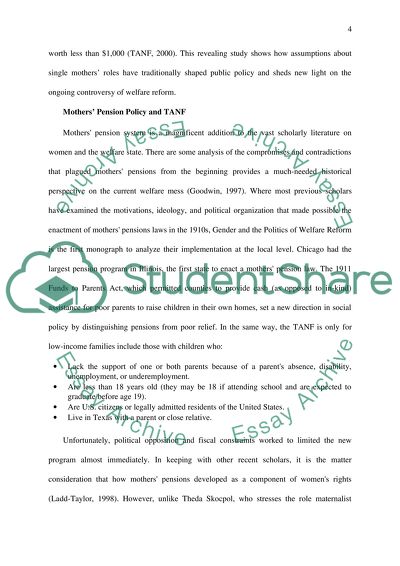Cite this document
(“Social Welfare Policies Essay Example | Topics and Well Written Essays - 2250 words”, n.d.)
Social Welfare Policies Essay Example | Topics and Well Written Essays - 2250 words. Retrieved from https://studentshare.org/miscellaneous/1525378-social-welfare-policies
Social Welfare Policies Essay Example | Topics and Well Written Essays - 2250 words. Retrieved from https://studentshare.org/miscellaneous/1525378-social-welfare-policies
(Social Welfare Policies Essay Example | Topics and Well Written Essays - 2250 Words)
Social Welfare Policies Essay Example | Topics and Well Written Essays - 2250 Words. https://studentshare.org/miscellaneous/1525378-social-welfare-policies.
Social Welfare Policies Essay Example | Topics and Well Written Essays - 2250 Words. https://studentshare.org/miscellaneous/1525378-social-welfare-policies.
“Social Welfare Policies Essay Example | Topics and Well Written Essays - 2250 Words”, n.d. https://studentshare.org/miscellaneous/1525378-social-welfare-policies.


